By H.K. Shivananda, IAS (Retd.)
[Continued from yesterday]
Student hostels
Apart from well-known college hostels like Maharaja’s, Maharani’s and Medical College Hostels, there were several community-based free or concessional-rated hostels like Muslim Hostel at Saraswathipuram, Madhwa Boys Hostel at Chamarajapuram, well-known Anathalaya started by Thathayya, Suttur Hostel on Vanivilas Road (open to all communities), Bettadapura Hostel, Siddappa Hostel at Siddappa Square, Government-run Chamundeshwari Hostel for SC/ST boys near Hotel Metropole, Kabballi Hostel for Veerashaiva students on payment, etc.
Many people who came up in life and reached top positions both in India and abroad have come up from these hostels and Mysore became a hub for education mainly because of these facilities.
Though the hostels were based on communities, the best of friends came from different hostels and there was no hatred or animosity against each other. The atmosphere was always cordial and peaceful.
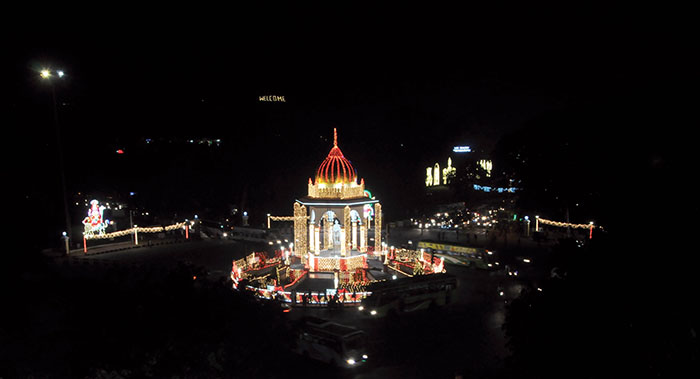
Jalpuri and Nazarbad
Since my father was posted as Principal of Police Training College (PTC), Mysore, between 1955-57, as a student I had the privilege of staying in my father’s official residence in the front row of the Police quarters Jalpuri facing Hyder Ali Road. PTC, as it was known then, was training only Police Constables and PSIs.
It has expanded in a big way as a Police Academy now cutting into some space of the Government House compound as well. This Police Colony in Mysore was built by Maharaja before 1947 to accommodate and use by the Maharaja’s Infantry and was popular as “HHMOI” (His Highness Maharaja’s Own Infantry) quarters.
Though later I moved out of Mysore for a job, my father stayed in Nazarbad after he retired from service in 1957 till 1966. As such, my association with Mysore continued. Sowcar Channaiah, a Veteran Congress leader and king-maker in Congress Party before 1956, was in Nazarbad.
The Sowcar Channaiah’s Mansion built in 1907, the Institute of Education Building next to it, the Ursu Boarding School for Girls, CPC Bus Owner Building (now it is a hotel) on the Nazarbad Main Road were all important landmarks of Nazarbad.
Even though it is used either as a hotel or hostel now, the mansion of Sowcar Channaiah has not been altered much and it continues to be an important heritage building. Nazarbad has now become famous for Mylari Hotel and its Dosa, eclipsing the Set Dosa of Raju Hotel at Agrahara which we never missed.
Hardinge Circle, the Gateway to Nazarbad extension from Palace side, was earlier known as Arugate Circle (Six Gates) and was a big attraction in the evenings to witness the illuminated colourful water fountain. It has now given way to installing Jayachamaraja Wadiyar Statue in memory of the last ruler of Wadiyar dynasty at the most appropriate place, standing in a straight line with statues of earlier rulers on the same road.
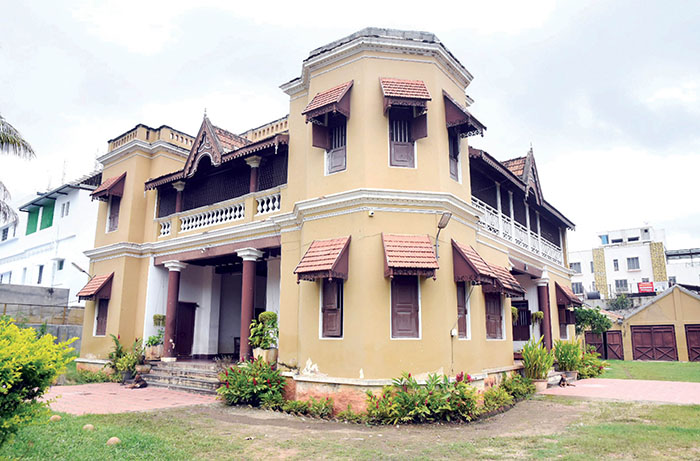
Dasara glory in fifties and sixties
Even though royalty gave way to a democratic Government in 1948, the 10-day celebrations of the Dasara festival continued in a subdued way making adjustments to the changed set-up and retaining the prominent role of the royal family.
The Vijayadashami procession and Torchlight parade are the main attractions. Jayachamaraja Wadiyar, who was designated as Rajapramukh of Mysore State till 1956, Governor of reorganised State of Mysore (Karnataka) till 1964 and Governor of Madras till 1966, continued to be the focal point of Mysore Dasara Celebrations till 1969.
With the abolition of the privy purse and royal titles in 1970 by the Government of India, Jayachamaraja Wadiyar stopped his participation in Dasara celebrations in public and continued his rituals and Private Durbar inside the Palace. What pain he must have undergone at that time. But he never showed it outside. He died in 1974.
No doubt, attempts were made to continue the legacy of Dasara and Jumboo Savari etc., after 1970 by a well-meaning group of prominent citizens under the leadership of Jayadevaraj Urs, MLA/MLC, Mysore, it was not a success for a variety of reasons. At best it could be described as a poor shadow of Dasara of earlier years.
[To be continued]
The author is a former Administrator, Mysuru City Corporation (MCC) and former Director, Administrative Training Institute (ATI), Mysuru. Presently, he lives in Bengaluru.



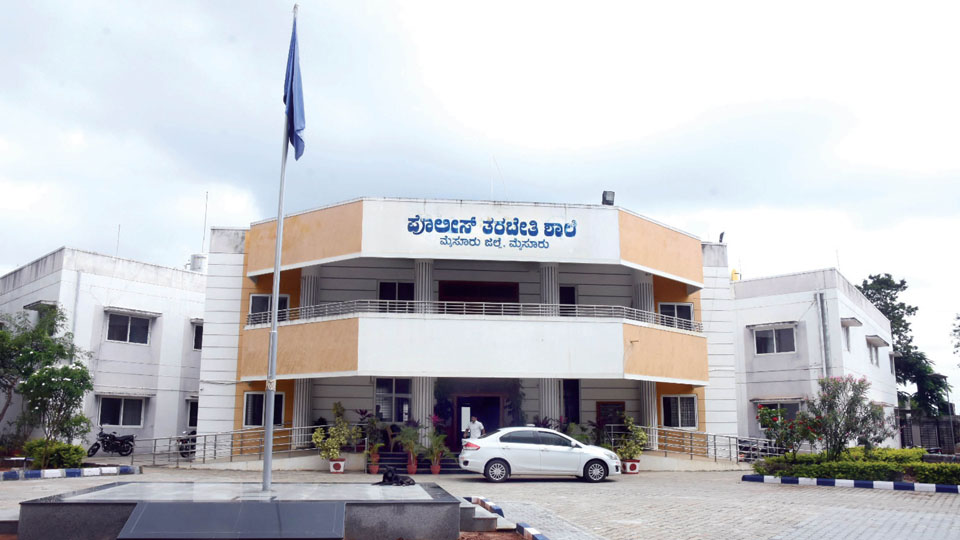
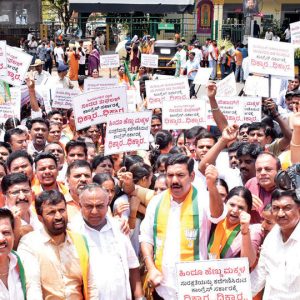
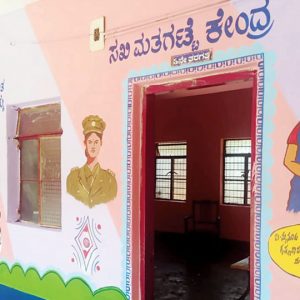
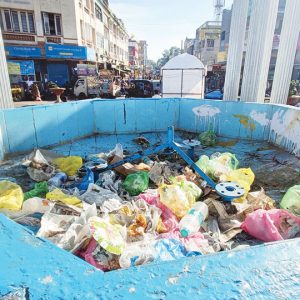
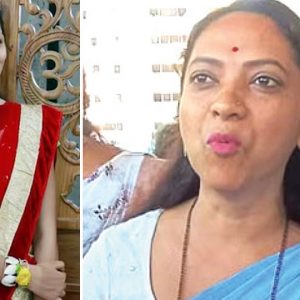
The author dwells long on Sowcar Chennaiah , a very corrupt politician. His title indicated that he was massively wealthy and garnered all his money through corruption and nefarious practices. He destroyed the interests of Mysore city-ensuring that the city maintained its boundaries without expansion and resisting the influx of people who are non-Mysoreans, by focusing on his own political interests. He was an arch villain.
The other places the author mentions like Hardinge circle, were not protected. The 2 clock towers -the Silver Jubilee one opposite the Palace gate imitating the Big Ben of London and the Dufferin clock tower were important land marks. The Hardinge circle linked to the Silver Jubilee Clock Tower in a way similar to the land mark of the Big Ben one sees in London-the only exception is , in London, there is houses of parliament. Otherwise, this area in Mysore felt as though one was walking in London next to the Big Ben, and the Parliament Square there.
Nazarbad had always been the citadel of Muslim community for ages, a Palace looking like a patch in Karachi , Pakistan.
The author, a retired IAS officer, simply stumbles, as it was not the abolishing of privy purses by Indira Gandhi government that took the shine of JC Wadiyar, but it was the major upheaval caused by the abolishment of Royalty by Sirdar Patel. If the Nwab of Hyderabad , the Muslim, and the lover of Pakistan, had not threatened to link his state with Pakistan, the Royalty would have not been abolished so soon. Muslims have been the real villains in India, from the Mughals, the minor Muslim rulers in Deccan, the Muslim thugs Tipu Sultan and Hyder Ali for example.
The 2 artciles this author has produced so far, are very disappointing and poor in quality indeed, as he fails singularly to narrate, the social , cultural and indeed best traditions this City had thanks to the Wadiyars. They gave serenity and grandeur to the City which was generous to every one local or out of state.
The Dasara was the expression of this culture.
a
Just to repeat, I was born a, bred a, educated and worked for a while in Mysore. Mysore was an exceptional place to live in 1950s. But was not the place for aspiring young men and women, for their education and seeking of job opportunities, as Mysore then had very limited scope for them.
I visited Bangalore for a few years, every school holidays during 1950s, and Bangalore offered a different dimension then. It had all the granduer that the Dewans from Seshadri Iyer to Sir MV to Mirza Ismail, all Bangalore residents, who made that city the Garden City of India-as Nehru used to call it in every one of his visit to that City.
While Mysore had only one dimension-Royal Palace ( which Bangalore al has, where Nalwadi used to spend most of the months in a year coming down to Mysore for Dasara and Durbar), and Chamundi Hill, Bangalore had the choices of Lalbagh and Cubbon Park with parts dotted around that City. The grand Bull Temple and the Road, the Basavangudi and Malleswaram providing choice residences. It had educational opportunities unparalleled , and any one with merit could get into Central College, the IISC and the Government Engineering College then. This beautiful city was destroyed by Nijalingappa, when he offered to the Centre then the locations near the City boundary, for large central industries like the HMT, the BEL and the ITI. He was advised then to locate them at least 50-100 miles from the City, to preserve the City characteristics. He refused, and the rumour was he was paid vast sum of cash by interested parties like the politicians of Tamil Nadu and Andhra Pradesh, who wanted their citizens to get jobs in these industries and live in Bangalore, not far away from it. These non-Bangaloreans never spoke Kannada, even their generations do not speak Kannada to day, and similar case in Mysore too. This time for Mysore, it was Murthy , a Mysorean who with others established the IT sweat shop called Infosys, to carry out the cheap IT techie work -coding, led the way for destruction of Mysore. Vast swathe of this overpopulated Mysore, has people who do not speak Kannada.
There is hence, no point in these reminiscences.